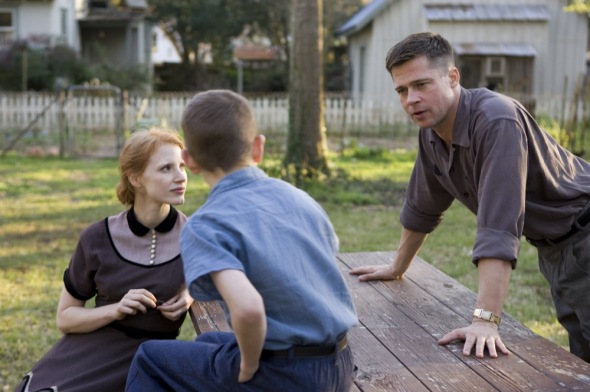
Jessica Chastain, Hunter McCracken, and Brad Pitt star in Terrence Malick’s epic masterpiece, THE TREE OF LIFE
THE TREE OF LIFE (Terrence Malick, 2011)
Museum of the Moving Image
35th Ave. at 36th St., Astoria
Sunday, March 27, $12, 7:00
Series runs through April 1
718-777-6800
www.movingimage.us
www.twowaysthroughlife.com
 As of 2005, iconoclastic writer-director Terrence Malick had made only five feature films in his forty-plus-year career, but his 2011 effort, The Tree of Life, is his very best. Following Badlands (1973), Days of Heaven (1978), The Thin Red Line (1998), and The New World (2005), The Tree of Life is an epic masterpiece of massive proportions, a stirring visual journey into the beginning of the universe, the end of the world, and beyond. The unconventional nonlinear narrative essentially tells the story of a middle-class Texas family having a difficult time coming to grips with the death of one of their sons in the military. Malick cuts between long flashbacks of Mr. and Mrs. O’Brien (Brad Pitt and Jessica Chastain) in the 1950s and 1960s, as they meet, marry, and raise their three boys, to the present, when Jack (Sean Penn), their eldest, now a successful architect, is still searching for answers. The sets by production designer Jack Fisk transport viewers from midcentury suburbia to the modern-day big city and a heavenly beach, all gorgeously shot by cinematographer Emmanuel Lubezki. Every frame is so beautiful, it’s as if they filmed the movie only at sunrise and sunset, the Golden Hour, when the light is at its most pure. The Tree of Life is about God and not God, about faith and belief, about evolution and creationism, about religion and the scientific world. The film opens with a quote from the Book of Job: “Where were you when I laid the earth’s foundation . . . while the morning stars sang together and all the sons of God shouted for joy?” Early on Mrs. O’Brien says in voice-over, “The nuns taught us there are two ways through life: The way of nature, and the way of grace. You have to choose which one to follow.” Malick doesn’t get caught up in those questions, instead focusing on the miracles of life and death and everything in between.
As of 2005, iconoclastic writer-director Terrence Malick had made only five feature films in his forty-plus-year career, but his 2011 effort, The Tree of Life, is his very best. Following Badlands (1973), Days of Heaven (1978), The Thin Red Line (1998), and The New World (2005), The Tree of Life is an epic masterpiece of massive proportions, a stirring visual journey into the beginning of the universe, the end of the world, and beyond. The unconventional nonlinear narrative essentially tells the story of a middle-class Texas family having a difficult time coming to grips with the death of one of their sons in the military. Malick cuts between long flashbacks of Mr. and Mrs. O’Brien (Brad Pitt and Jessica Chastain) in the 1950s and 1960s, as they meet, marry, and raise their three boys, to the present, when Jack (Sean Penn), their eldest, now a successful architect, is still searching for answers. The sets by production designer Jack Fisk transport viewers from midcentury suburbia to the modern-day big city and a heavenly beach, all gorgeously shot by cinematographer Emmanuel Lubezki. Every frame is so beautiful, it’s as if they filmed the movie only at sunrise and sunset, the Golden Hour, when the light is at its most pure. The Tree of Life is about God and not God, about faith and belief, about evolution and creationism, about religion and the scientific world. The film opens with a quote from the Book of Job: “Where were you when I laid the earth’s foundation . . . while the morning stars sang together and all the sons of God shouted for joy?” Early on Mrs. O’Brien says in voice-over, “The nuns taught us there are two ways through life: The way of nature, and the way of grace. You have to choose which one to follow.” Malick doesn’t get caught up in those questions, instead focusing on the miracles of life and death and everything in between.
With the help of Douglas Trumbull, the special effects legend behind 2001: A Space Odyssey, Blade Runner, and Close Encounters of the Third Kind — and who hasn’t been involved in a Hollywood film in some thirty years — Malick travels through time and space, using almost no CGI. Instead, he employs images from the Hubble telescope along with Thomas Wilfred’s flickering “Opus 161” art installation, which evokes a kind of eternal flame that appears in between the film’s various sections. Malick brings out the Big Bang, dinosaurs, and the planets during this inner and outer head trip of a movie that will leave you breathless with anticipation at where he is going to take you next, and where he goes is never where expected, accompanied by Alexandre Desplat’s ethereal orchestral score. But perhaps more than anything else, The Tree of Life, which won the Palme d’Or at the 2011 Cannes Film Festival, is about the act of creation, from the creation of the universe and the world to the miracle of procreation (and the creation of cinema itself). Mr. O’Brien is an inventor who continually seeks out patents but always wanted to be a musician; he plays the organ in church, but his dream of creating his own symphony has long been dashed. And Jack is an architect, a man who creates and builds large structures but is unable to get his own life in order. In creating The Tree of Life, Malick has torn down convention, coming up with something fresh and new, something that combines powerful human emotions with visual wizardry, a multimedia poem about life and death, the alpha and the omega. When the film opened five years ago, we wrote that “it would be a shame not to experience this supreme work of art on the big screen,” and you can do just that when the Museum of the Moving Image shows it on March 27 at 7:00 as part of the series “See It Big! Jack Fisk,” which began March 11 and includes all seven collaborations between two-time Oscar nominee Fisk (There Will Be Blood, The Revenant) and Malick. The series concludes April 1 with Malick’s latest, Knight of Cups.
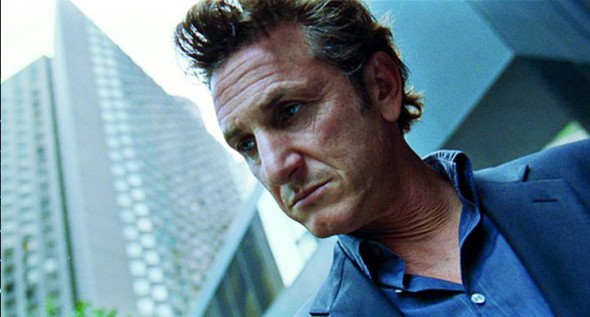
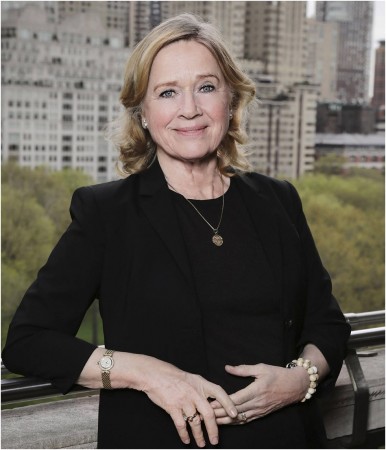
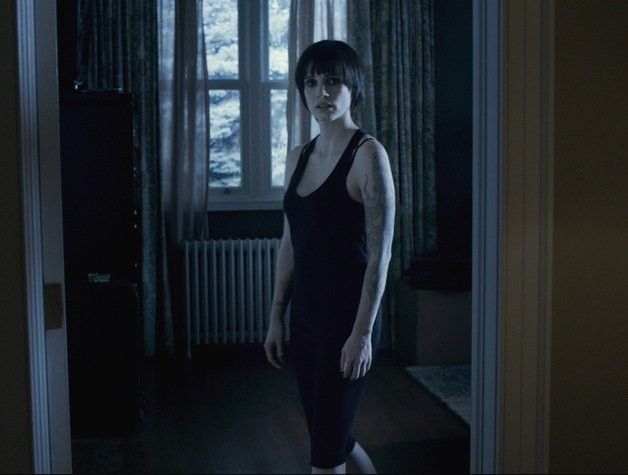
 Jessica Chastain has rocketed into stardom in just two years, starring in seven major motion pictures in 2011 (including The Help and The Tree of Life) and four more in 2012 (from Madagascar 3 to Zero Dark Thirty) while also playing the lead role in the Broadway revival of The Heiress. Chastain kicks off 2013 with the intensely creepy scarefest Mama. Expanded from his
Jessica Chastain has rocketed into stardom in just two years, starring in seven major motion pictures in 2011 (including The Help and The Tree of Life) and four more in 2012 (from Madagascar 3 to Zero Dark Thirty) while also playing the lead role in the Broadway revival of The Heiress. Chastain kicks off 2013 with the intensely creepy scarefest Mama. Expanded from his 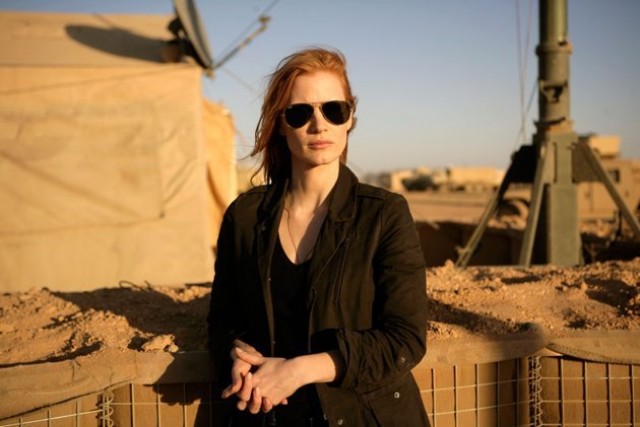
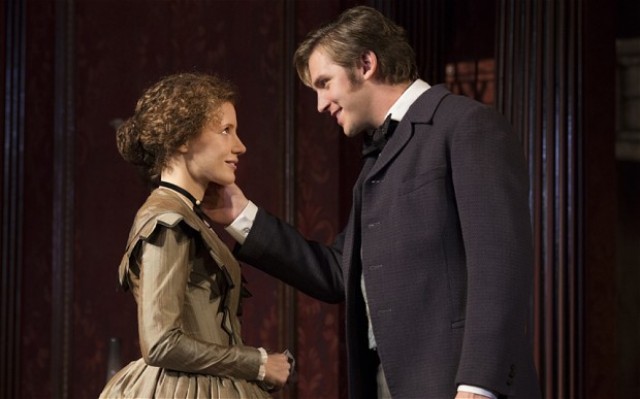
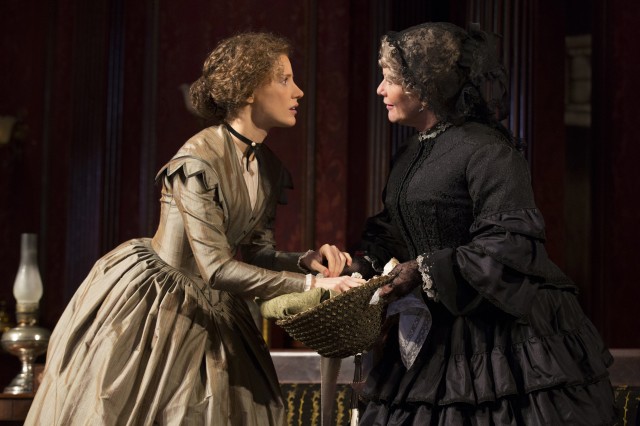
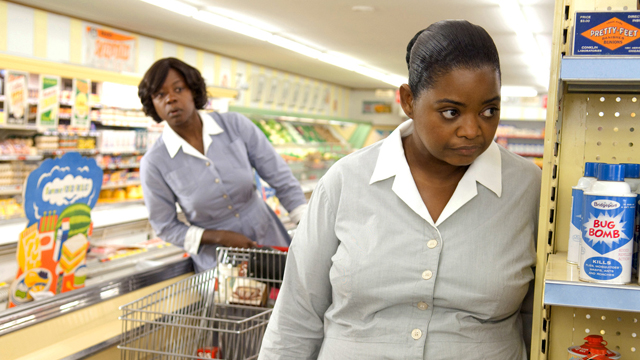
 Based on Kathryn Stockett’s bestselling 2009 debut novel, The Help is an overly melodramatic, emotionally manipulative film about the relationship between the white homeowners of Jackson, Mississippi, and their black maids. Set in the 1960s just as the civil rights movement was beginning to gain ground, the plot centers on a recent white college graduate named Eugenia “Skeeter” Phelan (Emma Stone) who decides that something must be done about the way the whites treat the blacks in her town. An aspiring writer, Skeeter tries to convince black maids Aibileen Clark (Viola Davis) and Minny Jackson (Octavia Spencer) to share their stories for a book that a New York publisher (Mary Steenburgen) might be interested in, but the women are terrified that speaking out could cost them their livelihood as well as jeopardize their physical safety. But as things get worse in Jackson, led by such snooty rich women as Hilly Holbrook (Bryce Dallas Howard), Elizabeth Leefolt (Ahna O’Reilly), and even Skeeter’s mother, Charlotte (Allison Janney), the truth starts becoming more and more difficult to suppress. Adapted and directed by Tate Taylor, The Help undercuts what it is trying to accomplish by making the conflict, well, as black and white as possible, overplaying the sympathy card and laying on the white liberal guilt. While the white men in the film are all powerless cardboard cutouts, there are virtually no black men at all, save for the local preacher (David Oyelowo ) and a counterman (Nelsan Ellis). The only white Jackson housewife who doesn’t treat her maid like a slave, Celia Foote (Jessica Chastain), is a ditzy blonde who can’t take care of herself. Taylor (Pretty Ugly People), who was born and raised in Jackson and is a close friend of Stockett’s, offers the same scenes repeated over and over, going on for nearly two and a half hours. Nominated for four Academy Awards — Best Picture, Best Actress (Davis), and two Best Supporting Actress nods (Spencer and Chastain) — The Help, though well acted, is a major disappointment, a simplistic and condescending movie about an extremely important subject that deserved better treatment.
Based on Kathryn Stockett’s bestselling 2009 debut novel, The Help is an overly melodramatic, emotionally manipulative film about the relationship between the white homeowners of Jackson, Mississippi, and their black maids. Set in the 1960s just as the civil rights movement was beginning to gain ground, the plot centers on a recent white college graduate named Eugenia “Skeeter” Phelan (Emma Stone) who decides that something must be done about the way the whites treat the blacks in her town. An aspiring writer, Skeeter tries to convince black maids Aibileen Clark (Viola Davis) and Minny Jackson (Octavia Spencer) to share their stories for a book that a New York publisher (Mary Steenburgen) might be interested in, but the women are terrified that speaking out could cost them their livelihood as well as jeopardize their physical safety. But as things get worse in Jackson, led by such snooty rich women as Hilly Holbrook (Bryce Dallas Howard), Elizabeth Leefolt (Ahna O’Reilly), and even Skeeter’s mother, Charlotte (Allison Janney), the truth starts becoming more and more difficult to suppress. Adapted and directed by Tate Taylor, The Help undercuts what it is trying to accomplish by making the conflict, well, as black and white as possible, overplaying the sympathy card and laying on the white liberal guilt. While the white men in the film are all powerless cardboard cutouts, there are virtually no black men at all, save for the local preacher (David Oyelowo ) and a counterman (Nelsan Ellis). The only white Jackson housewife who doesn’t treat her maid like a slave, Celia Foote (Jessica Chastain), is a ditzy blonde who can’t take care of herself. Taylor (Pretty Ugly People), who was born and raised in Jackson and is a close friend of Stockett’s, offers the same scenes repeated over and over, going on for nearly two and a half hours. Nominated for four Academy Awards — Best Picture, Best Actress (Davis), and two Best Supporting Actress nods (Spencer and Chastain) — The Help, though well acted, is a major disappointment, a simplistic and condescending movie about an extremely important subject that deserved better treatment.